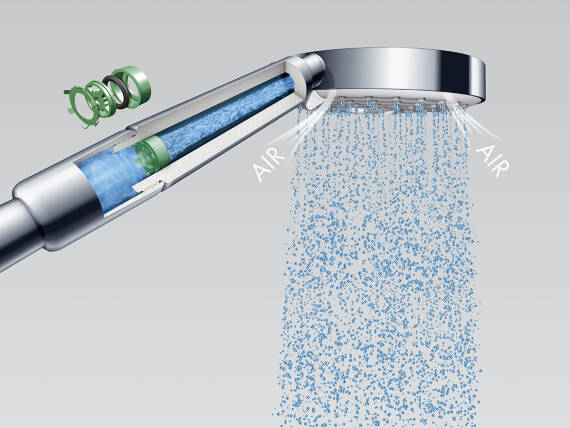We're mid-renovation and now have to choose a boiler.
After searching and acquiring knowledge in forums, I was hoping you experts here might be good enough to share your advice too.
We have a 4 bedroom, 2 bathroom terraced house, which will be around 130sq. m with 66sq. m. - the entire ground floor and 1st floor bathroom - heated solely with underfloor heating via a 6 outlet manifold. There'll be 6 radiators in total.
We don't have enough space to put an unvented cylinder, which would have been my first choice and so we're left with a combi boiler.
I was thinking of going with the Intergas Xtreme 36, however many of our neighbours have much larger boilers, Vaillant EcoTech Plus 838 and so I'm now wondering whether this will be up to the task and wondered what the more considered views on this would be. Thanks.
After searching and acquiring knowledge in forums, I was hoping you experts here might be good enough to share your advice too.
We have a 4 bedroom, 2 bathroom terraced house, which will be around 130sq. m with 66sq. m. - the entire ground floor and 1st floor bathroom - heated solely with underfloor heating via a 6 outlet manifold. There'll be 6 radiators in total.
We don't have enough space to put an unvented cylinder, which would have been my first choice and so we're left with a combi boiler.
I was thinking of going with the Intergas Xtreme 36, however many of our neighbours have much larger boilers, Vaillant EcoTech Plus 838 and so I'm now wondering whether this will be up to the task and wondered what the more considered views on this would be. Thanks.


